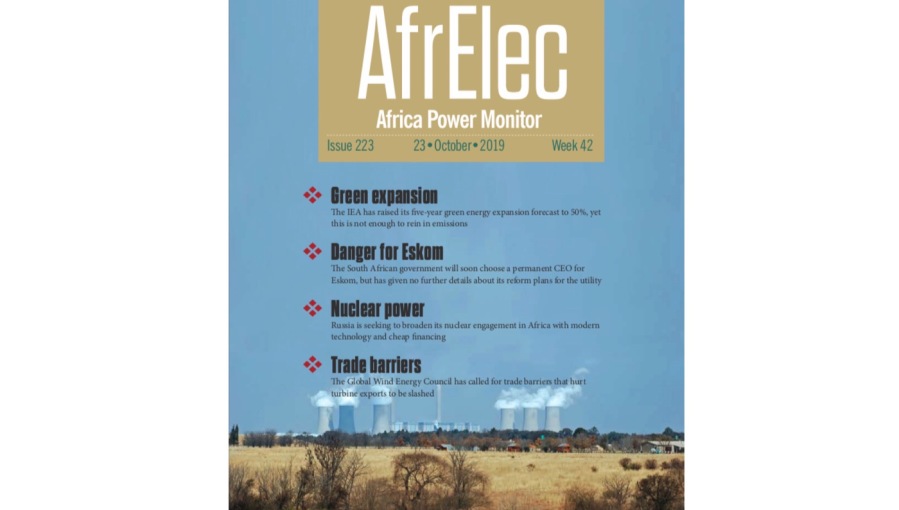AfrElec: Africa’s endangered mountainous forests risk losing carbon sink potential

Tropical forests in mountainous areas of Africa are more concentrated stores of carbon than the Amazon, a new study in journal Nature has suggested.
The research on these “montane” forests was carried out by more than a hundred scientists and shows that their carbon stocks are about two-thirds higher than estimates used by the Intergovernmental Panel on Climate Change (IPCC), Carbon Brief reported.
The study also shows that these African “cloud” forests are being felled at a higher rate than previously thought, with more than 0.8m hectares lost since the turn of the century.
If current levels of deforestation continue, the authors estimate that another half a million hectares – an area roughly twice the size of Luxembourg – could be lost by 2030.
“We were quite surprised. We expected [their carbon stocks] to be higher than the literature, but not as high as we found,” study lead author Dr Aida Cuni-Sanchez told Carbon Brief. She adds: “There’s not a lot of these forests left and they never get a lot of attention.”
Sonam P Wangdi, chair of the Least Developed Countries (LDC), told Carbon Brief that countries should be rewarded for protecting these carbon stores and says the Article 6 mechanism under the Paris Agreement should allow trading to support this.
Tropical montane rainforests are humid, biodiverse ecosystems found in the mountainous regions of Africa, Asia, the Americas and equatorial Oceania. They typically occur at elevations between 1,000 metres and 3,500 metres above sea level, defined by their dependence on cloud cover that keeps tree crowns immersed in mist.
Montane forests make up most if not all of the evergreen old-growth forests in 10 African nations, the paper says.
The new research, led by the University of York’s Dr Aida Cuni-Sanchez, spans a dataset of intact old-growth forests in 44 montane rainforest areas – shown in purple below – across 12 African countries: Burundi, Cameroon, Democratic Republic of the Congo (DRC), Ethiopia, Guinea, Kenya, Mozambique, Nigeria, Rwanda, Tanzania, Uganda and Zimbabwe.
In addition to everything else they are and provide, forests are reserves of carbon. They are carbon sinks when they grow in area or accumulate biomass and can become carbon sources when they burn or are disturbed by human actions or natural phenomena.
Old-growth or “primary” rainforests are relatively untouched by human pressures. They have a full canopy that allows very little light to get in, resulting in a forest floor that is largely clear of dense vegetation.
Secondary forests, on the other hand, have been altered by human or natural disturbances. Canopies are often not as tall, trees are shorter, floor vegetation is more dense with fewer species.
Tropical rainforests cover very little of the planet, but store a lot of carbon: nearly 40-50% of terrestrial vegetative carbon is locked away in their biomass.
Although they are often thought of as a uniform, single entity, there are large differences between tropical rainforests across countries, regions and landscapes, explains study co-author Dr Martin Sullivan from Manchester Metropolitan University.
Lowland forests in Africa tend to have a low density of trees, but a high density of tall trees that store lots of carbon, he told Carbon Brief:
“We found that this distinctive character is also found in Africa’s montane forests. There are just as many big trees in montane forests as in lowland forests.”
To establish if montane forests are a carbon source or a sink will need repeated measurements, co-author Prof Simon Lewis from the University of Leeds and University College London told Carbon Brief.
The results were startling even for the scientists involved in the research, they say, given the challenging conditions that distinguish montane forests, which might have been expected to limit tree growth, including high altitudes, strong winds, steep slopes, lower temperatures, long periods of cloud immersion and soil waterlogging.



Follow us online